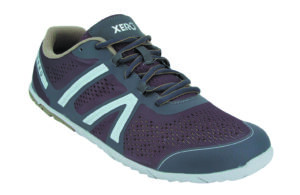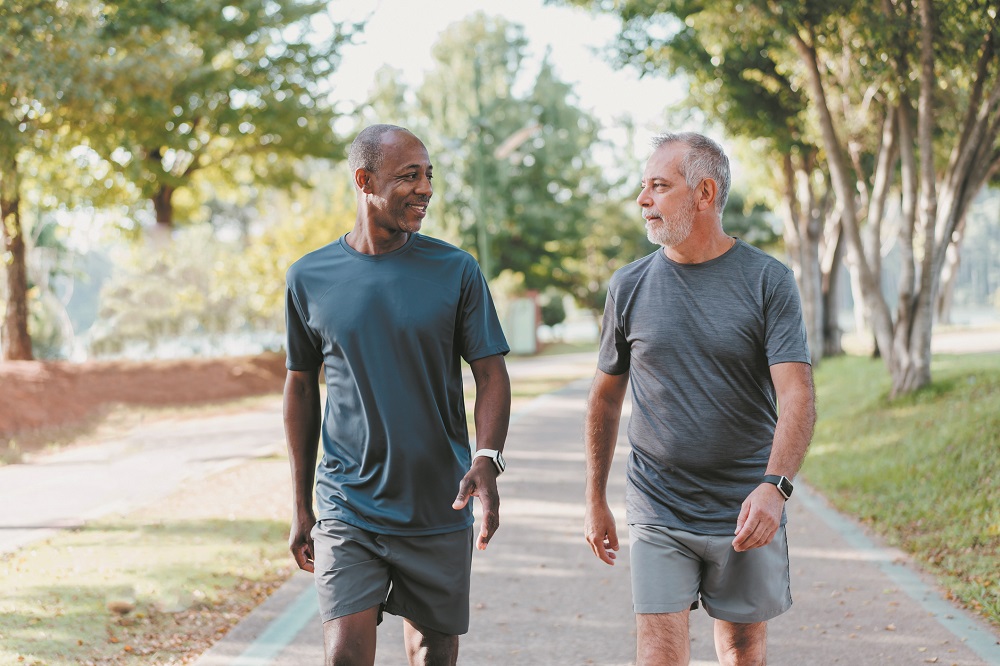Hippocrates is known for commanding, “Do no harm.” But the ancient Greek physician also wisely proclaimed, “Walking is man’s best medicine.” Perhaps he recognized that walking can improve our health and decrease risk for heart disease, dementia, depression, cancer and early death in general. This low-impact exercise promotes nourishing blood flow throughout the body…strengthens the heart…is easy on our joints…can be tailored to any fitness level…and is free.
There is more than one way to walk, says expert Joyce Shulman—and by switching up your pace, adding in special equipment and/or changing your environment, you can address some significant health concerns. Here’s how…
Regulate blood sugar. Your grandmother was onto something when she used to tell you to go for a walk after eating. Also called post-prandial walking, strolling after meals helps mitigate post-meal blood sugar spikes by moving glucose out of the bloodstream and into muscles. Over time, blood sugar spikes are bad news for heart health, can make it harder to maintain a healthy weight and can foreshadow type 2 diabetes.
Studies from George Washington University Medical Center and other institutions indicate that a 15-minute walk after each meal is ideal, but a Sports Medicine meta-analysis of seven studies found that walking for as little as two to five minutes after a meal is enough to help regulate blood sugar levels. These walks don’t have to be vigorous—the reviewed studies involved “light-intensity” walking, described as easy and comfortable and/or slower than two miles per hour. But they need to be frequent—these findings apply when a two-to-five-minute walk is done every 20 to 30 minutes over the course of a full day.
Anyone who wants to help reduce their diabetes risk can try post-meal walking…and Michigan State University research has shown that moderately paced 15-minute walks after meals help regulate blood sugar in people with prediabetes.
For mild depression. Adults who are active experience lower rates of depression, in part because they have lower levels of the stress hormone cortisol and increased levels of the feel-good chemicals serotonin, dopamine and endorphins. Walking is ideal for older adults, in particular, because it gets the heart rate up high enough to kick-start these important mood-boosting chemical changes and can be tailored to all fitness levels.
Walking in the great outdoors bumps things up a notch. Spending time surrounded by the green and blue of nature is linked with increased happiness and decreased stress.
Most of us think of walking in nature as hiking, but that can feel intimidating due to its physical intensity. Here’s where soft hiking comes in—walking off-road in areas where you can enjoy the sights and sounds of Mother Nature. You don’t need to traverse streams or scramble over boulders—meandering through woods, strolling along a river or walking on the beach all count. Even better: In addition to the antidepressant benefits, you’ll get a dose of mood-enhancing vitamin D from the sunlight.
Note: If you have moderate-to-severe depression, you’ll likely also need therapy and/or medication.
For better sleep. Our bodies and brains are governed by our circadian rhythm, a built-in body clock that keeps nearly every system, from metabolism to mental health to sleep, on a 24-hour cycle. This clock uses the sun’s ultraviolet rays to determine when the body should release different hormones. The early morning sun’s blue rays are particularly important for regulating your sleep-wake cycle—they enter your eyes and signal your circadian rhythm to halt melatonin production…increase production of cortisol and other energizing hormones…and raise your body temperature in preparation for the day to come.
As we get older, we tend to spend less time outside, depriving our circadian rhythm of the sun. This reduced light exposure is one reason that residents of senior living centers and nursing homes often have disrupted sleep and insomnia.
For your bones. If you have poor posture or want to slow age-related bone loss, try rucking—walking with weight on your back, typically in a backpack. This low-impact exercise is based on military training workouts. Not only does rucking increase calorie burn, improve endurance and improve balance, it can…
Slow bone loss. Wearing a lightly weighted backpack or vest places an increased load on your skeleton. Bones respond to this load by growing stronger at the cellular level—the weight stimulates bone-building cells called osteoblasts.
Improve posture. If you spend hours a day in front of a computer or driving, your posture may have defaulted to an unhealthy “C” shape instead of a natural “S” curve. Wearing a lightly weighted backpack or vest can correct posture by pulling your shoulders back. It also naturally activates your core, strengthening the muscles in your abdomen and back.
When choosing a vest or backpack: Start with a few pounds, and see how it feels. You can work your way up to 5% or 10% of your weight, but don’t exceed 10%. Example: If you weigh 150 pounds, don’t wear anything more than 15 pounds. The vest or backpack should fit your body closely—if it’s loose, the weight could throw off your balance. Warning: Don’t simply add a small weight to a backpack you already own—the weight will sink to the bottom of the bag, changing your center of gravity.
Consider: Jetti Pack (JettiFit.com, $84), a backpack that distributes weight evenly, and has padded shoulder straps, a chest strap and ventilation to allow heat from your back to escape. (Note: Joyce Shulman is CEO of Jetti Fitness and receives financial compensation from the company.) Or try the Aduro Sport Weighted Vest Workout Equipment (AduroSport.com, $44.99 for a four-pound vest).
Caution: People with hyperkyphosis—an excessive rounding of the upper back caused by osteoporosis—should not wear weighted backpacks. And always check with your doctor before starting a new workout routine or incorporating new equipment into your walks.
Best Types of Walking Shoes
For foot pain: Built-in arch support will help if you suffer from flat feet…or your foot rolls too far inward toward the arch, called overpronation…or the band of tissue that supports your foot’s arch is irritated, called plantar fasciitis. Consider: Aetrex Carly Arch Support Sneakers for women, $129.95, or for men, $149.95. Aetrex.com
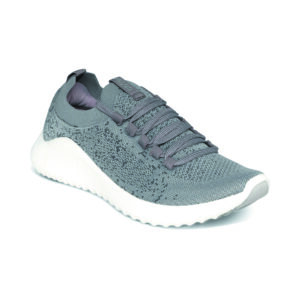
For toe pain: If you have bunions or arthritis of the big toe, a thick-soled sneaker with a rocker-bottom style will propel you forward while reducing range of motion through the toe joint. Consider: Hoka Bondi 8 for women, $165, or for men, $165. Hoka.com
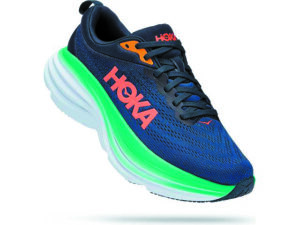
For swelling or sensitivity: A stretchy, wide toe box and smooth interior reduces risk for swelling or irritation. Also consider a tieless lacing system and a heel strap, so you can loosen or tighten areas of the shoe. A heel strap can accommodate an ankle or foot brace. Consider: Orthofeet Verve Tie-Less sneaker for women, $140, or Orthofeet Sprint Tie-Less sneaker for men, $140. Orthofeet.com
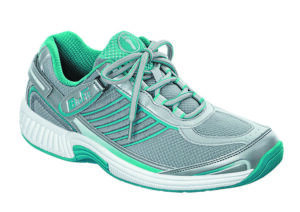
For arthritis in your hands or if you have difficulty bending over: Tieless slip-on sneakers with crushable heels allow you to step into your shoes hands-free. Consider: Kizik Women’s Madrid Eco-Knit sneaker for women, $99, or Kizik Lima Graphite sneaker for men, $109. Kizik.com

For sweaty feet: Breathable sneakers keep feet cool and prevent blisters. Merino wool is breathable, as are mesh uppers. Consider: Allbirds Women’s Wool Runners, $110, or Allbirds Men’s Wool Runners, $110. Allbirds.com

To strengthen foot muscles and/or optimize foot health: If you’re free from podiatric problems, look for a lightweight sneaker with minimal cushioning and ultra-flexible soles that promote flexing. Consider: Xero HFS Lightweight Road Running Shoes for women, $119.99, or for men, $119.99. Xeroshoes.com. Note: People with flat feet or a history of plantar fasciitis should avoid minimalist shoes.
